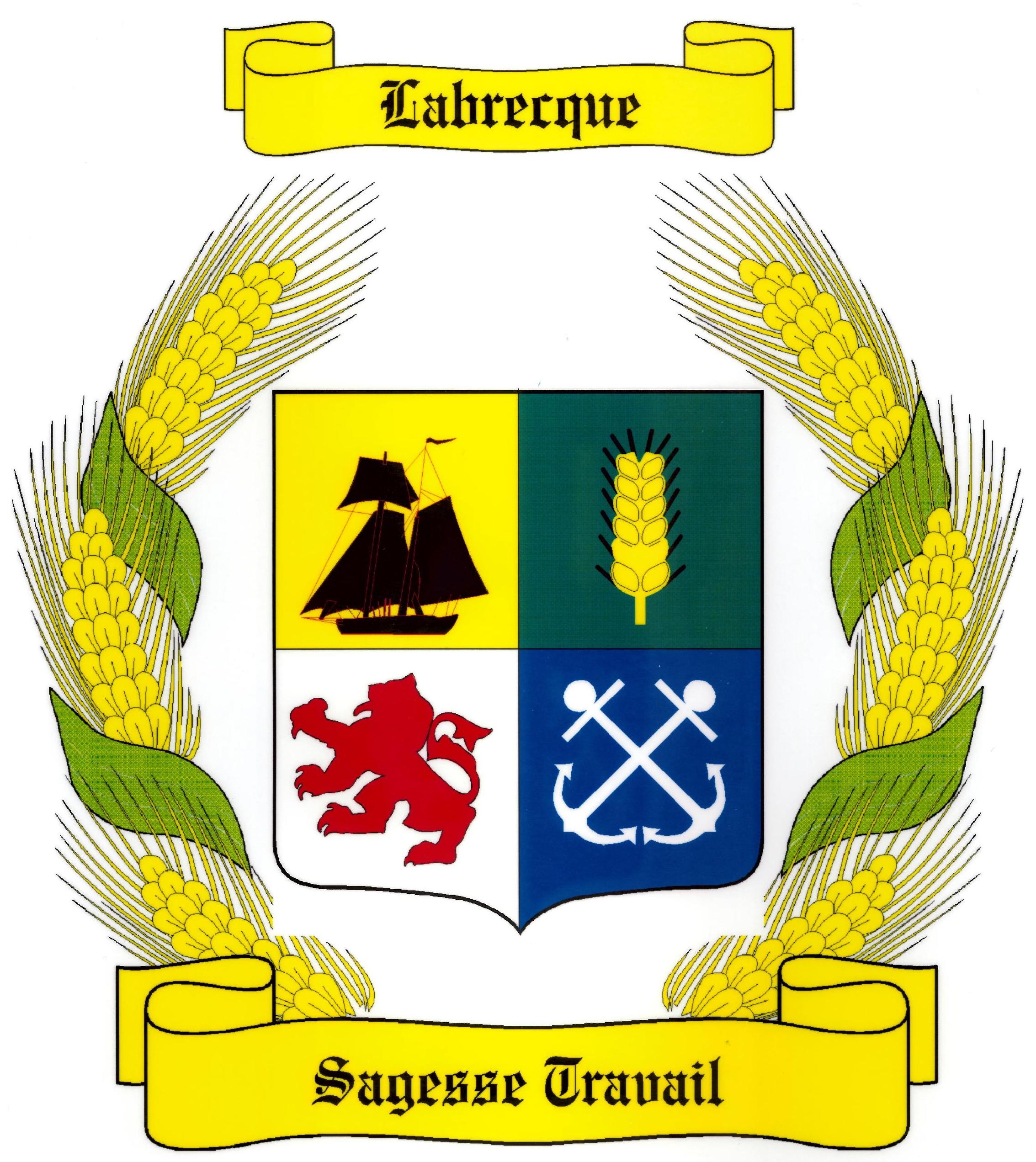Urban Nightlife
페이지 정보
작성자 Elissa 작성일25-01-06 03:06관련링크
본문
Urban Nightlife
When did nightlife begin?
Urban nightlife can be traced again to historical civilizations, however its fashionable kind started to take form within the late nineteenth and early 20th centuries. Here are some key milestones in the history of nightlife:

1. Early Celebrations
- Ancient civilizations, such as the Greeks and Romans, had social gatherings, feasts, and festivals that often extended into the night time.
- These events have been marked by music, dance, and leisure, laying the groundwork for later nightlife actions.
2. Rise of the Urban Center
- With the Industrial Revolution in the 18th and HiOP 19th centuries, urban facilities began to grow, leading to a rise in population density.
- As cities turned extra vibrant, institutions like taverns, dance halls, and theaters emerged.
3. Prohibition Era
- The Nineteen Twenties within the United States noticed the rise of speakeasies during Prohibition, the place nightlife thrived despite legal restrictions.
- This interval highlighted the will for socializing and entertainment, additional shaping urban nightlife.
4. Jazz and the Roaring Twenties
- Jazz golf equipment became popular, bringing live music and a lively environment to urban nightlife.
- This era marked a cultural shift, with nightlife turning into extra accessible and diverse.
5. Late 20th Century Evolution
- The emergence of nightclubs, raves, and DJ culture in the 1980s and Nineties transformed nightlife into a global phenomenon.
- Urban nightlife continued to evolve with expertise and cultural trends, embracing various genres and styles.
Conclusion
In summary, while nightlife has historic roots, the colourful urban nightlife we recognize today started to develop within the late nineteenth century and has expanded and reworked considerably over time.
Why do most nightclubs fail?
Most nightclubs fail as a end result of a mixture of factors that can undermine their success. Here are some key reasons:
1. Poor Location
- Visibility and accessibility are essential for attracting patrons.
- Locations that are too removed from the nightlife hub might struggle to draw crowds.
2. Inadequate Market Research
- Understanding the target market is vital.
- Failure to determine in style tendencies and preferences can lead to offering the incorrect sort of leisure.
3. Unsatisfactory Customer Experience
- Inconsistent service, poor workers behavior, and lack of ambiance can drive clients away.
- Clubs that don't prioritize a optimistic guest expertise often see excessive turnover rates.
4. Financial Mismanagement
- Poor budgeting and financial planning can lead to operational losses.
- Failure to account for overhead costs can lead to unsustainable practices.
5. Overdependence on Alcohol Sales
- Relying solely on drink sales with out diversifying income streams could be dangerous.
- Offering food or distinctive experiences can create additional revenue opportunities.
6. Inconsistent Programming
- Shifting themes or irregular events might confuse regular patrons.
- Clubs want to maintain up a consistent id to build a loyal following.
7. Competition
- The nightlife business is very aggressive; new entrants can simply disrupt current golf equipment.
- Constant innovation and maintaining with opponents are essential for survival.
In essence, managing a successful nightclub requires cautious planning, adaptability, and a give consideration to delivering an distinctive experience to patrons.
What is the meaning of city club?
The time period metropolis club refers to a kind of nightlife venue that embodies the colourful culture and energy of city areas. These clubs typically serve as social hubs the place people gather to unwind, dance, and connect with others in a vigorous ambiance.

Key traits of a metropolis membership embrace:
- Location: Typically located in major cities, permitting easy access for locals and vacationers alike.
- Aesthetic: A contemporary design that often features cutting-edge decor, lighting, and sound systems.
- Diverse Music: Offering numerous genres, from electronic dance music to hip-hop, catering to a variety of tastes.
- Social Interaction: Providing an area for folks to fulfill new associates or reconnect with old ones, emphasizing neighborhood and social engagement.
Cultural Impact
Metropolis clubs play a major role in shaping city nightlife by:
- Promoting native artists and DJs, thus supporting the music scene.
- Cultivating a way of belonging among patrons, fostering connections through shared experiences.
- Reflecting the dynamic nature of the city, typically adapting themes and events that resonate with current tendencies.
Overall, a metropolis membership represents greater than just a place to party; it's a vital side of urban tradition, embodying creativity, neighborhood, and the lively spirit of metropolis life.

 > 고객센터 > 부고함
> 고객센터 > 부고함
 장례협동조합국화원
장례협동조합국화원